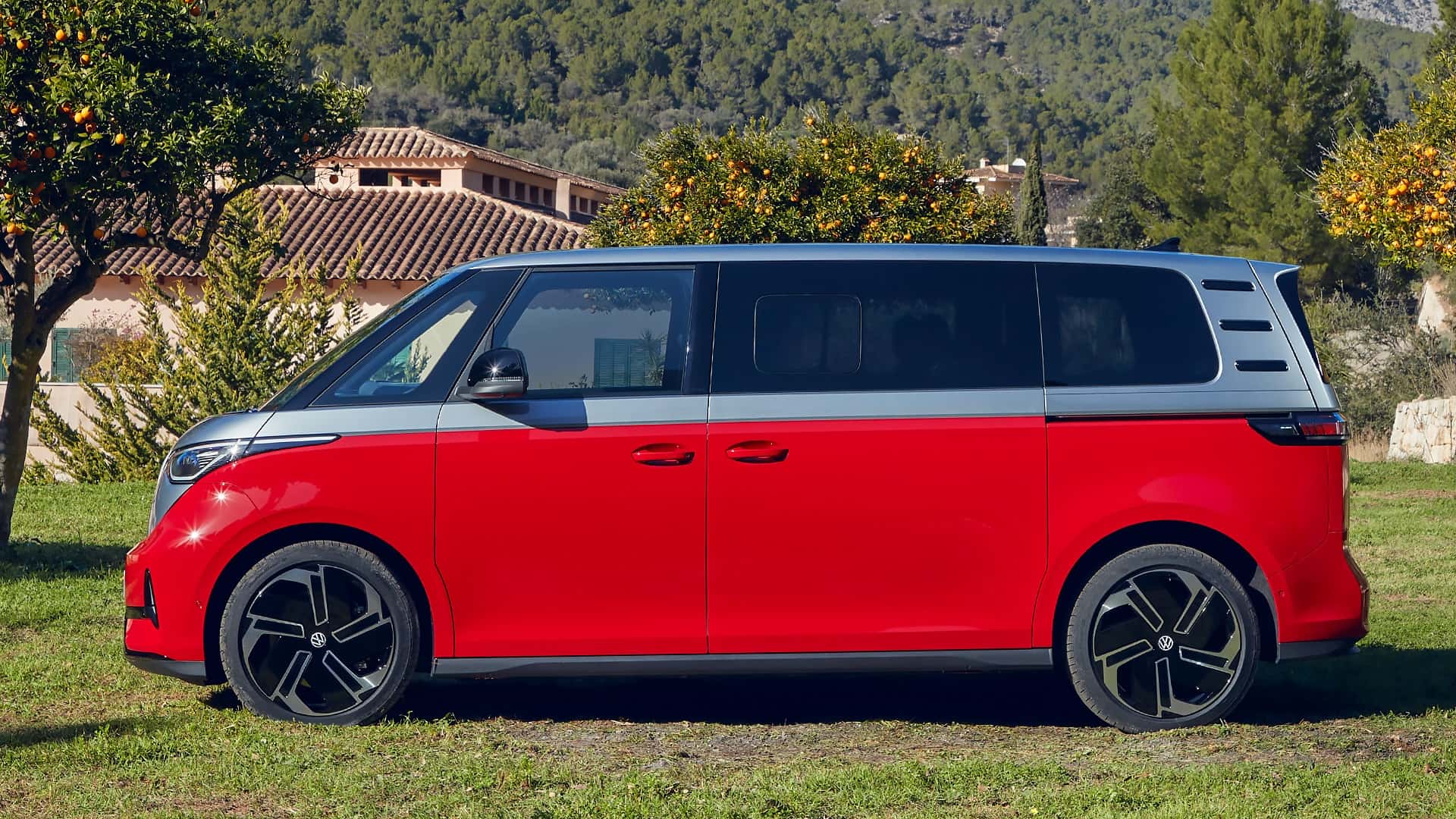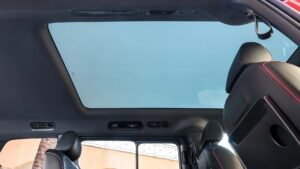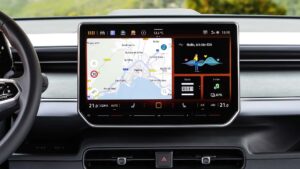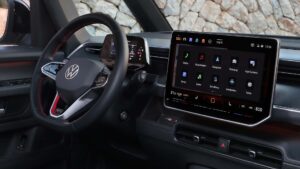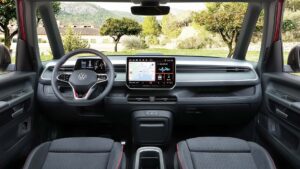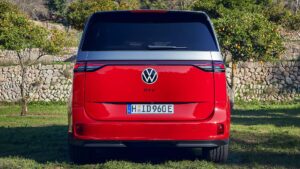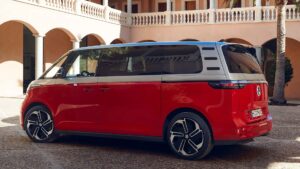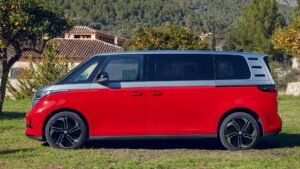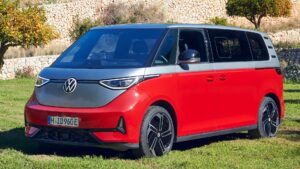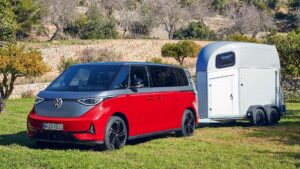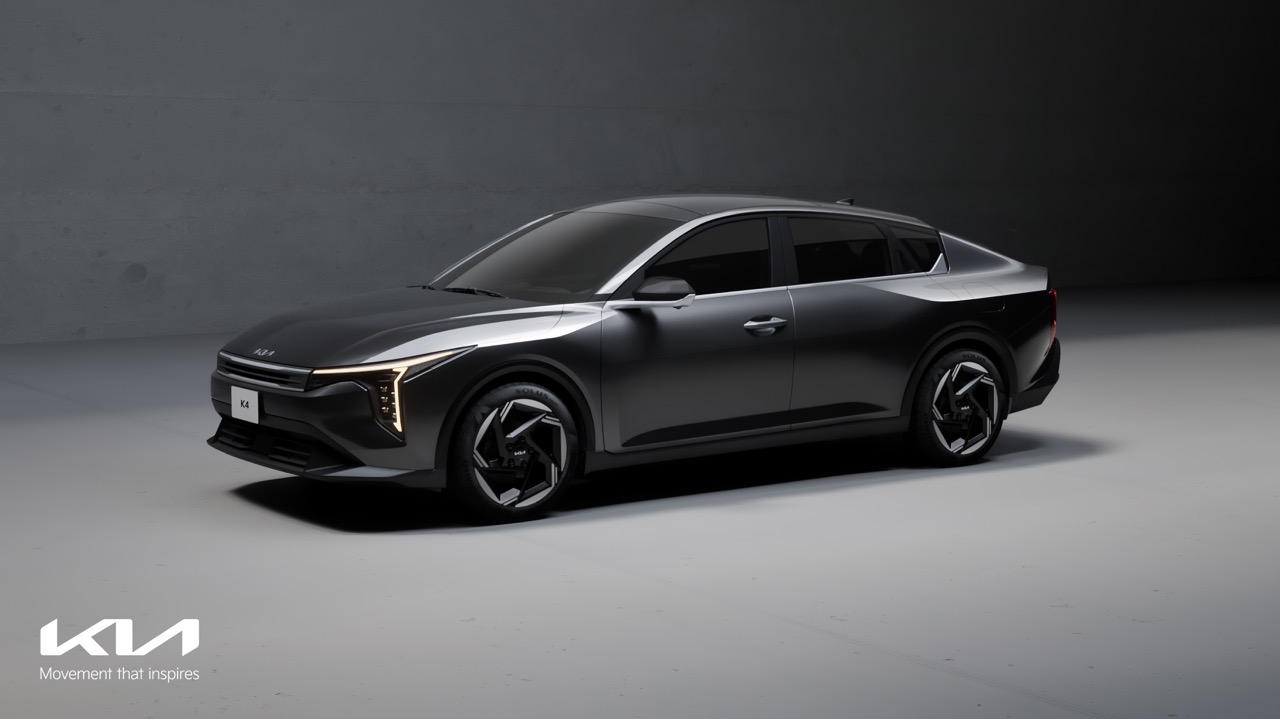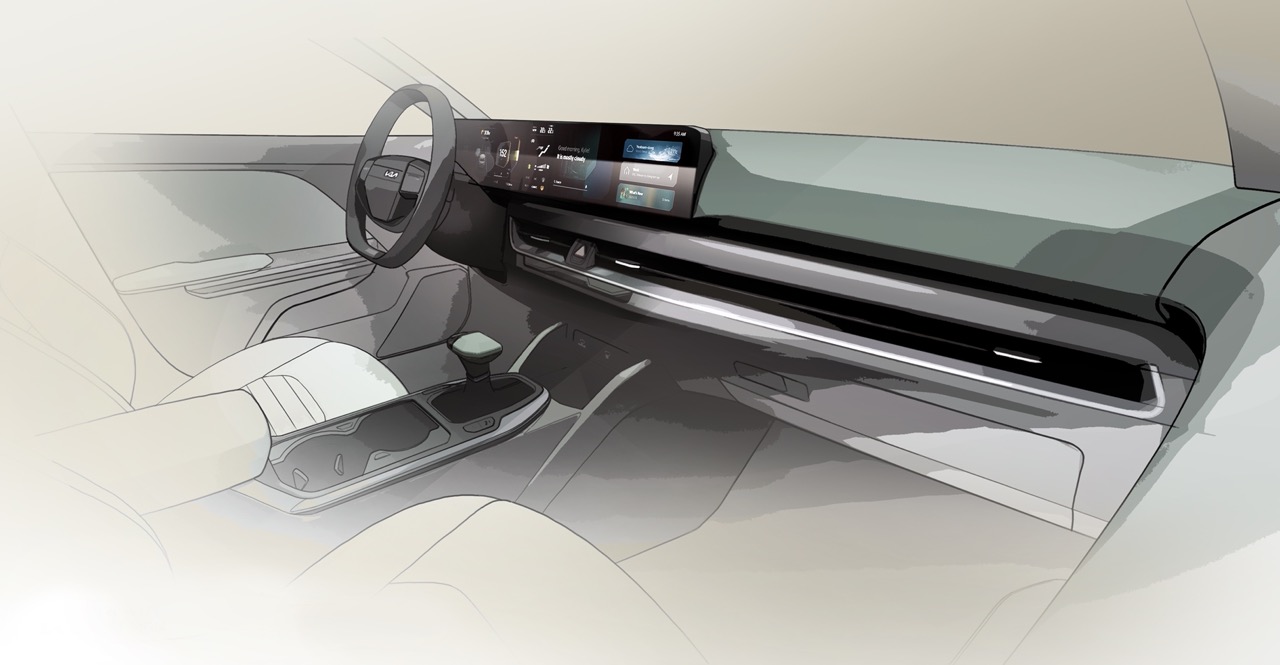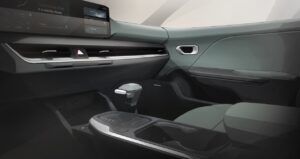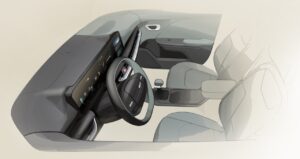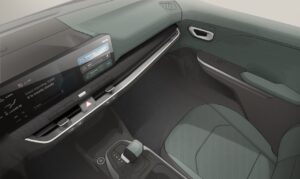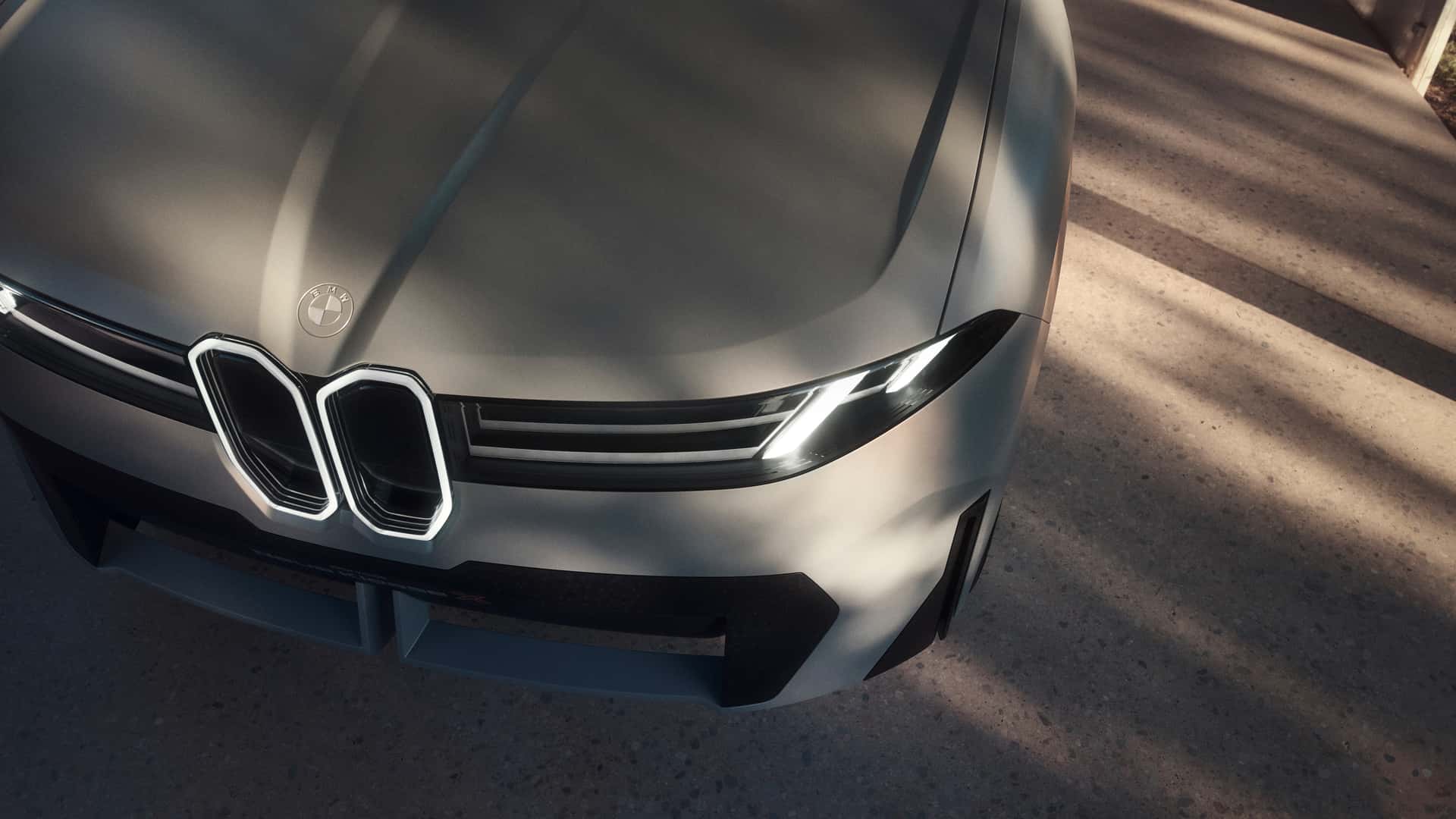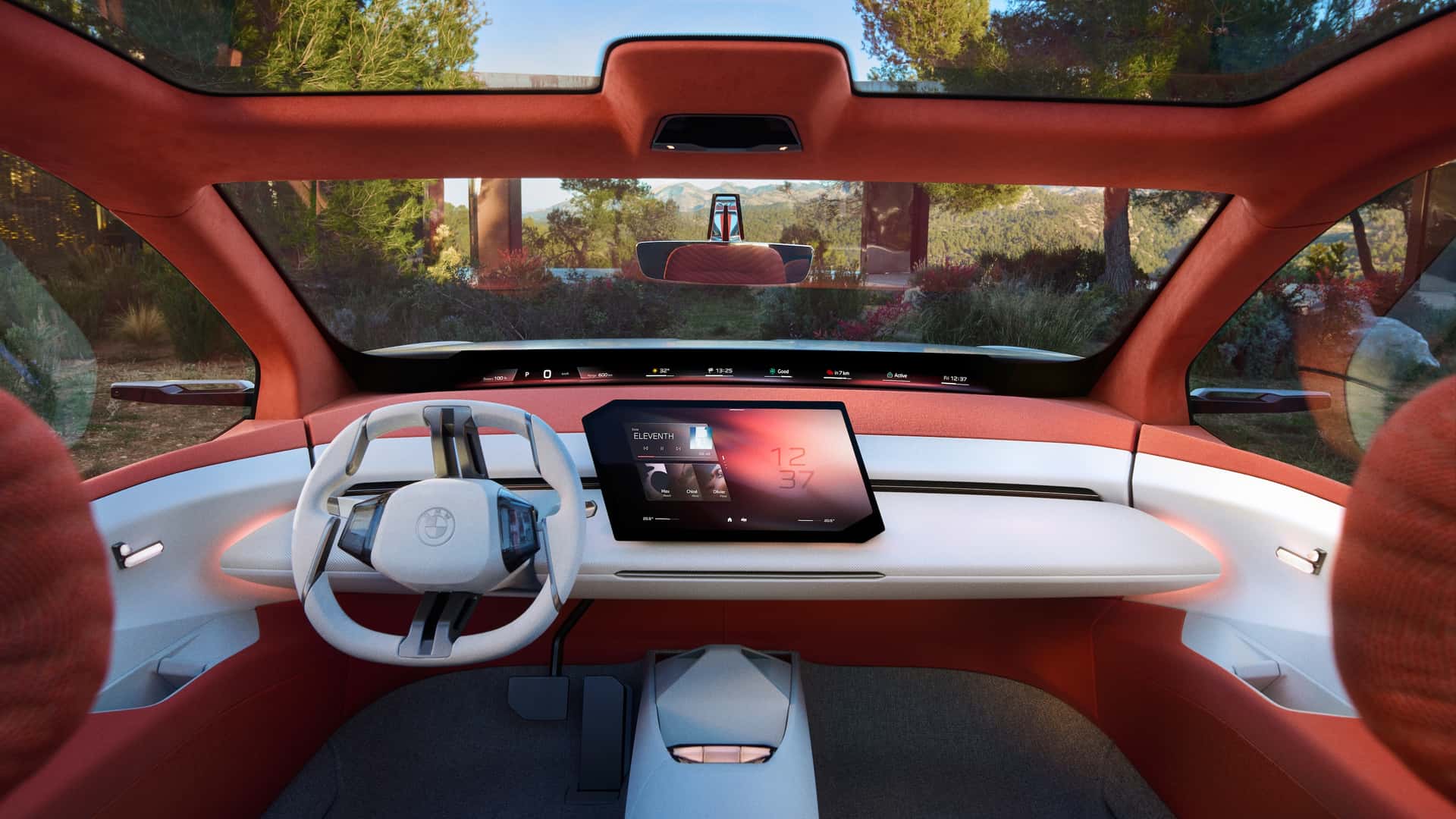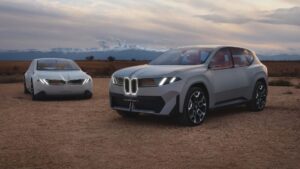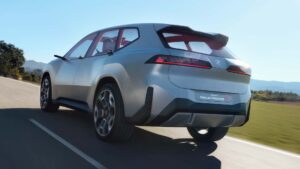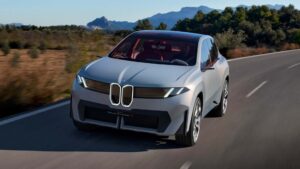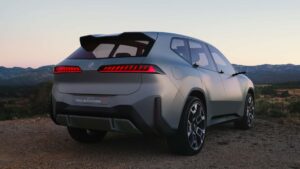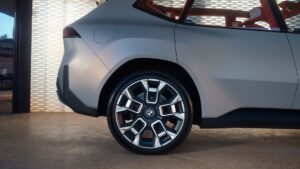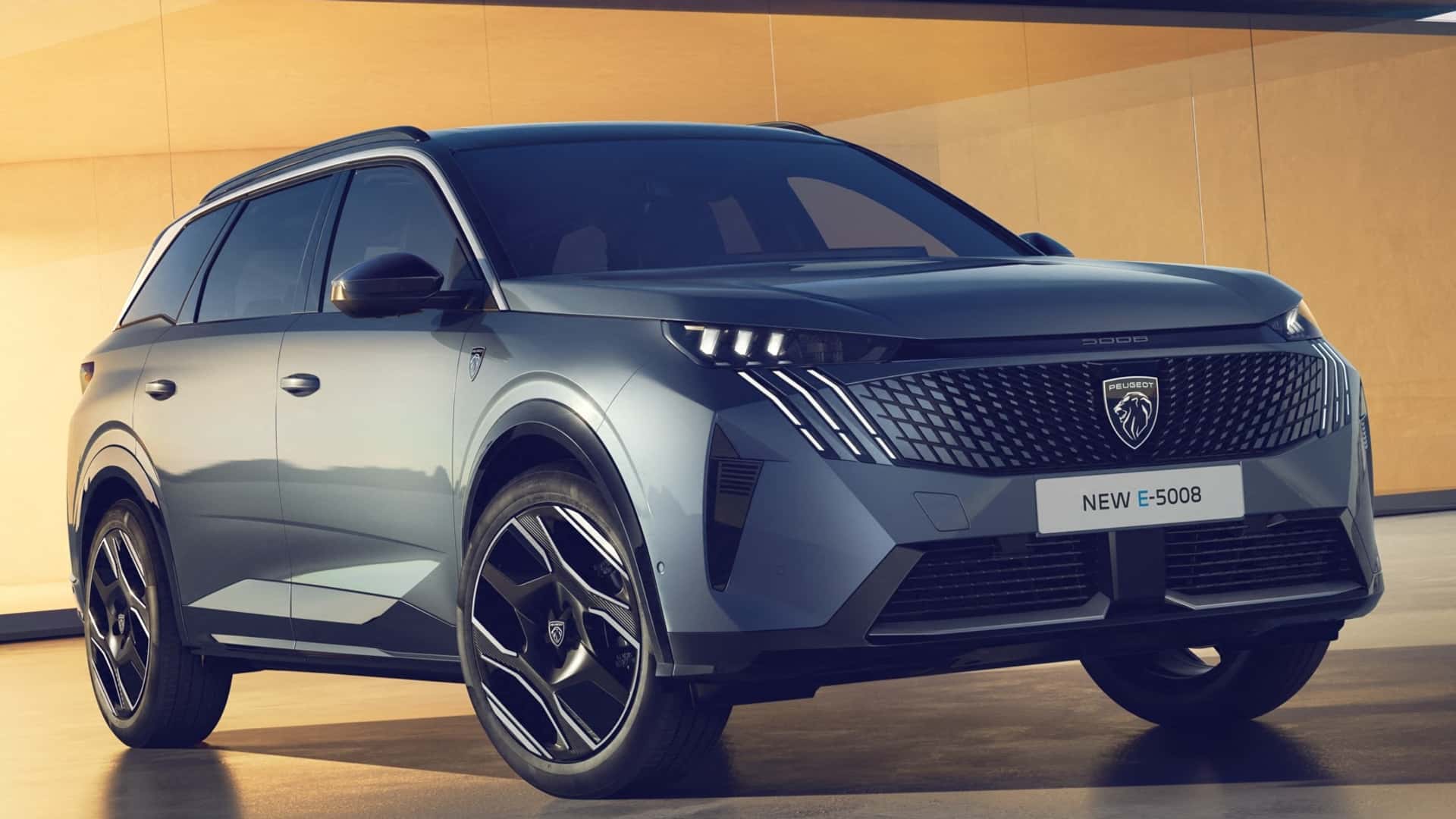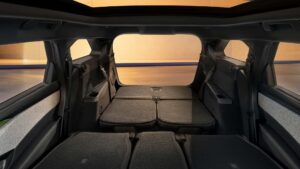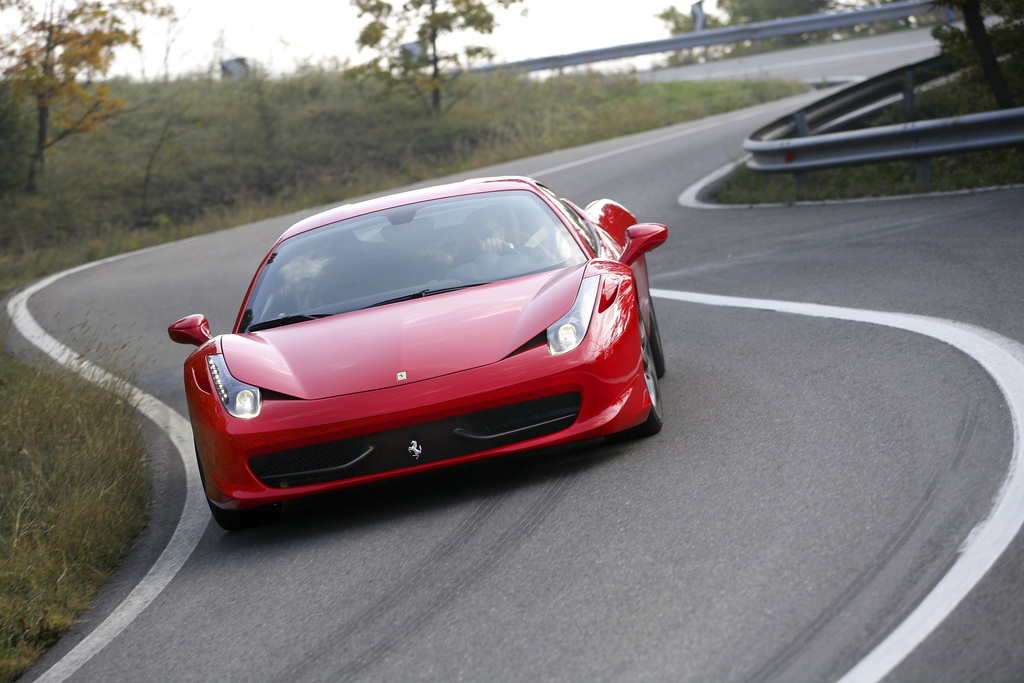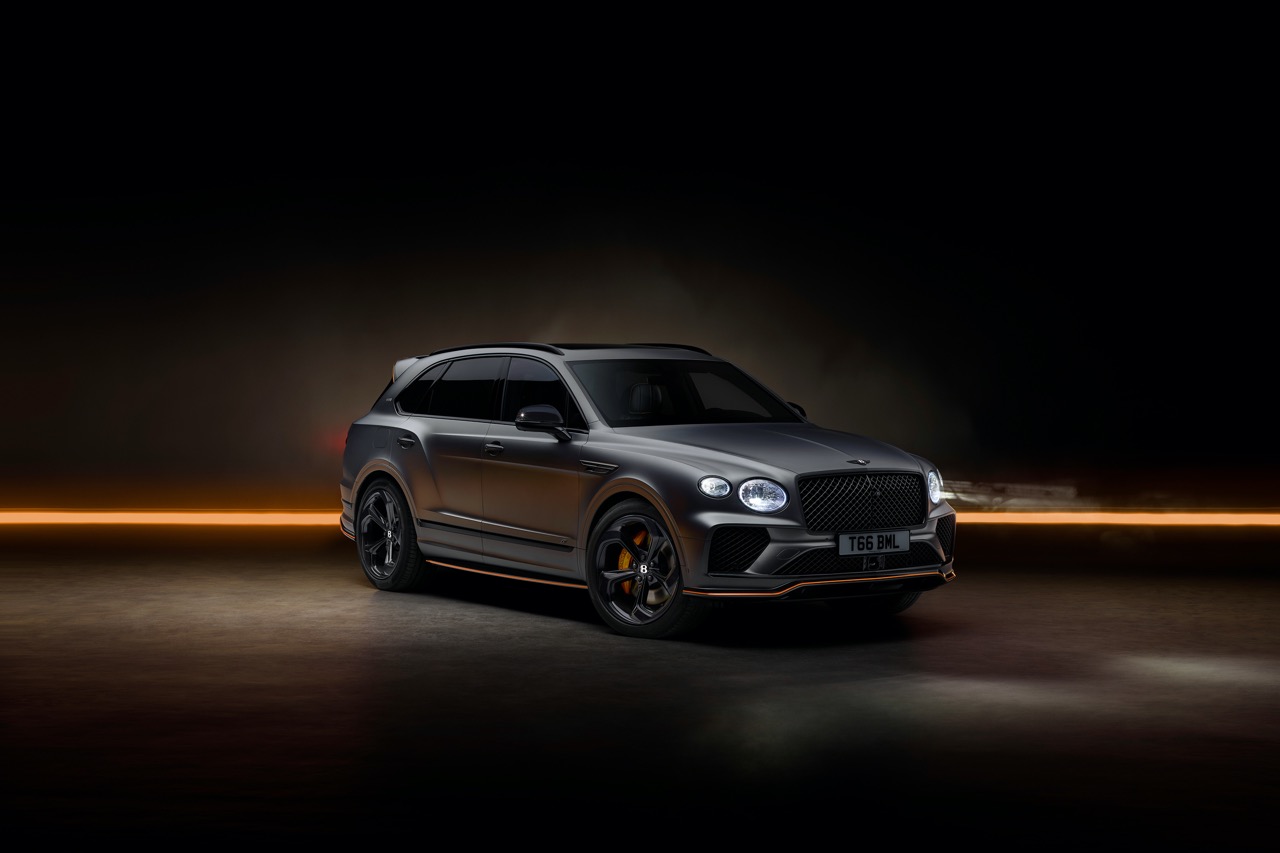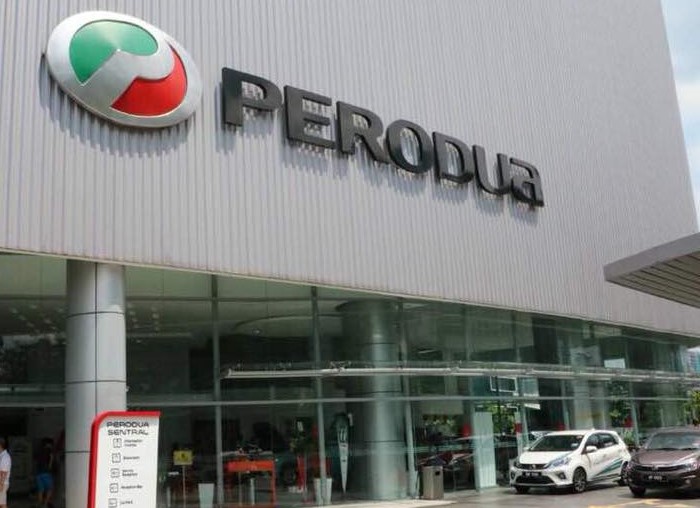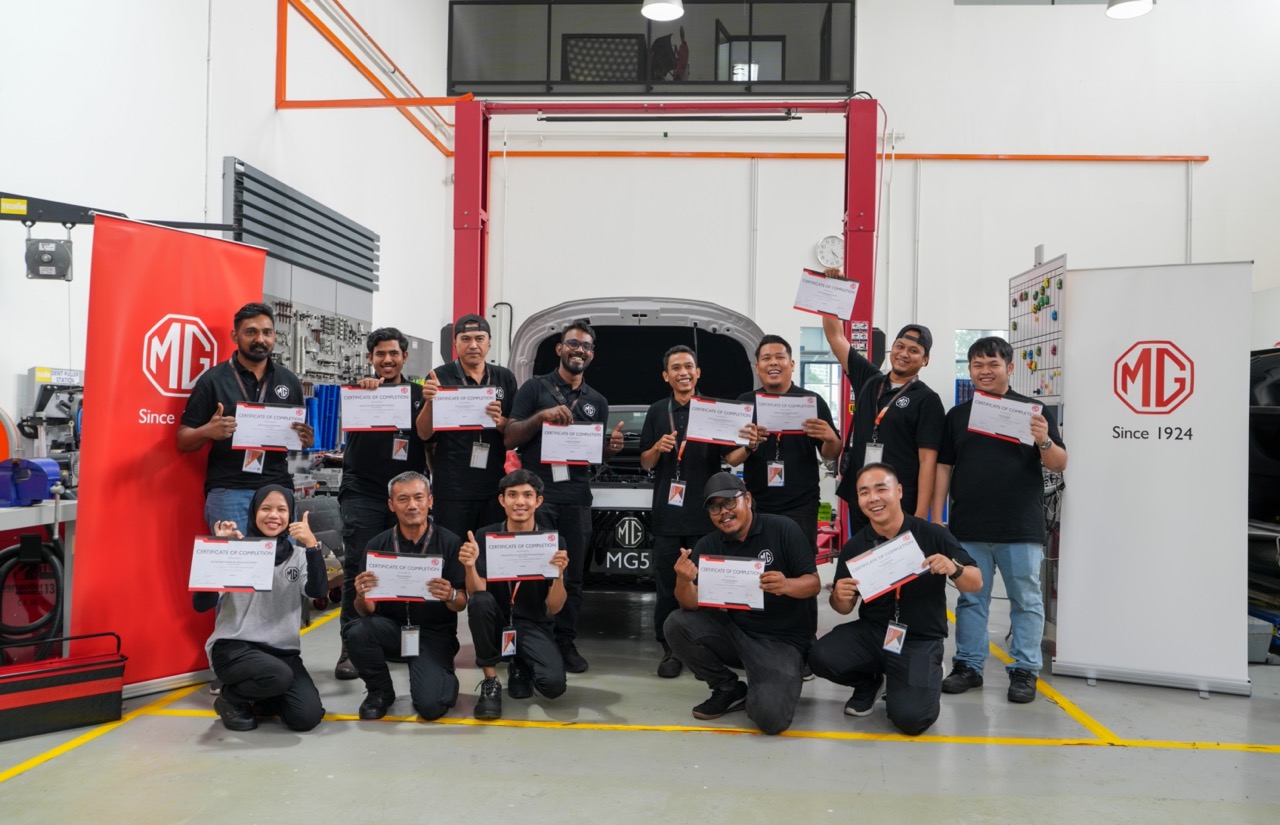Mate Rimac, the visionary founder of the Rimac Group, has stirred excitement among enthusiasts with a recent social media teaser hinting at a new model set to be unveiled on June 26. The glimpse suggests a hatchback-like model, shrouded in mystery and urban allure, accompanied by futuristic music evoking a sense of innovation.
While Rimac has made waves in the realm of high-performance electric vehicles, such as the acclaimed Nevera electric hypercar, the teased model appears to deviate from the traditional hot hatch concept exemplified by Rivian’s R3 and R3X models. Speculation swirls around the possibility of this unveiling being linked to Rimac’s ambitious robotaxi project, known as Project 3 Mobility, which has been in development for the past five years.
Initially announced in 2021 and supported by automotive giants Kia and Hyundai, Project 3 Mobility aims to revolutionise urban transportation by introducing autonomous robotaxis. The project is slated to debut in Rimac’s home city of Zagreb, Croatia, with plans for expansion to 20 cities across Europe and the Middle East by 2026. The teaser’s windshield angle, reminiscent of the iconic Johnny Cab robotaxi from the film “Total Recall,” further fuels speculation regarding the model’s design and purpose.
As Rimac Group prepares to unveil its latest innovation on June 26, anticipation mounts for the potential debut of a futuristic, hatchback-inspired vehicle poised to redefine urban mobility through cutting-edge technology and visionary design.










